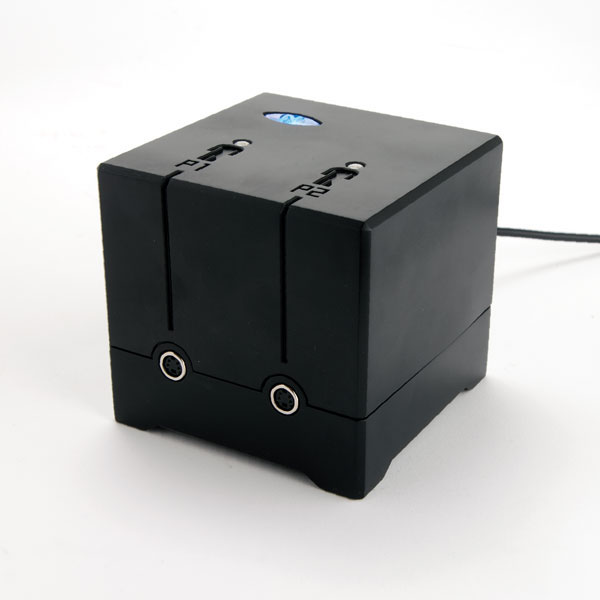How will future generations interact with digital devices?
As integrated devices become ubiquitous it’s important to consider new and more intuitive ways in which humans and devices can interact.

Image: www.makezine.com
I researched EEG technology as a way to monitor brain activity and reapplied the principles into my own product.

Neuro Pong explores the possibility of controlling a digital device through the power of thought.

Brain signals are measured using electrodes integrated into retro sweatbands.

I prototyped the headset using a pair of retrofitted swimming goggles.

The headsets are tethered to a control unit, which processes the incoming signals and communicates with a PC via a USB connection.

I breadboarded the PCB design in order to prototype the hardware and PIC software design.

Brain activity is measured as spikes in the EEG signal so intense concentration (lots of spikes) causes your paddle to move up and a Zen-like clear mind (fewer spikes) causes your paddle to move down.


I was responsible for the PIC coding, PCB and hardware design, testing and manufacture.

An Adobe Flash application receives the signals from the control unit and uses the input to control a recreation of the classic arcade game PONG.
I coded the game engine in Actionscript and designed the graphics and gameplay to be faithful to the original.

Conclusion
The project was showcased at the Made in Brunel, DMY Berlin and New Designers graduate exhibitions.

